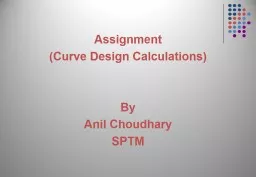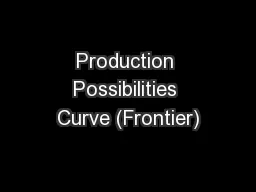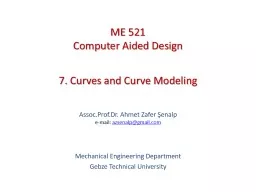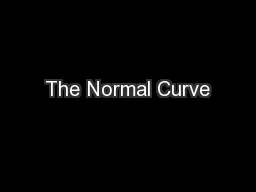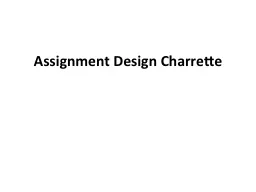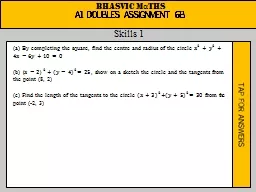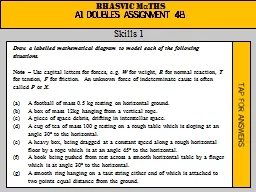PPT-Assignment (Curve Design Calculations)
Author : tracy | Published Date : 2022-07-01
By Anil Choudhary SPTM Important Limits Ca max165 mm Cd 100mm if speed more than 100 Kmph PCEs approval 75 mm otherwise Cex 75 mm Rmin 175 m Rca and Rcd 35mms
Presentation Embed Code
Download Presentation
Download Presentation The PPT/PDF document "Assignment (Curve Design Calculations)" is the property of its rightful owner. Permission is granted to download and print the materials on this website for personal, non-commercial use only, and to display it on your personal computer provided you do not modify the materials and that you retain all copyright notices contained in the materials. By downloading content from our website, you accept the terms of this agreement.
Assignment (Curve Design Calculations): Transcript
Download Rules Of Document
"Assignment (Curve Design Calculations)"The content belongs to its owner. You may download and print it for personal use, without modification, and keep all copyright notices. By downloading, you agree to these terms.
Related Documents

